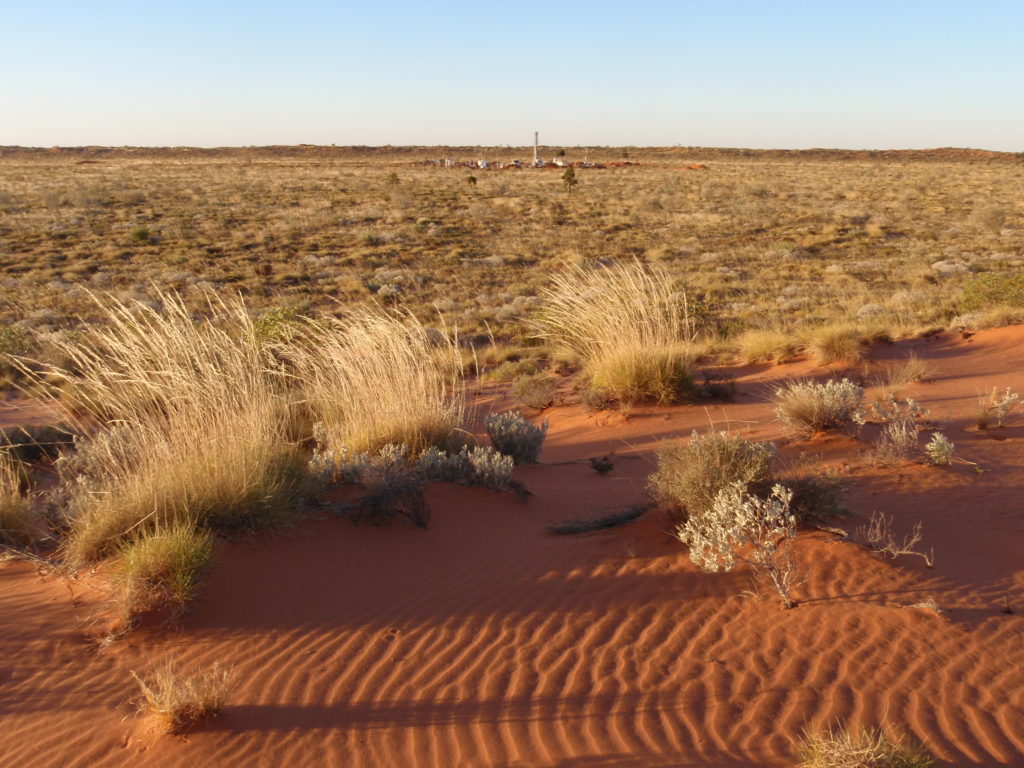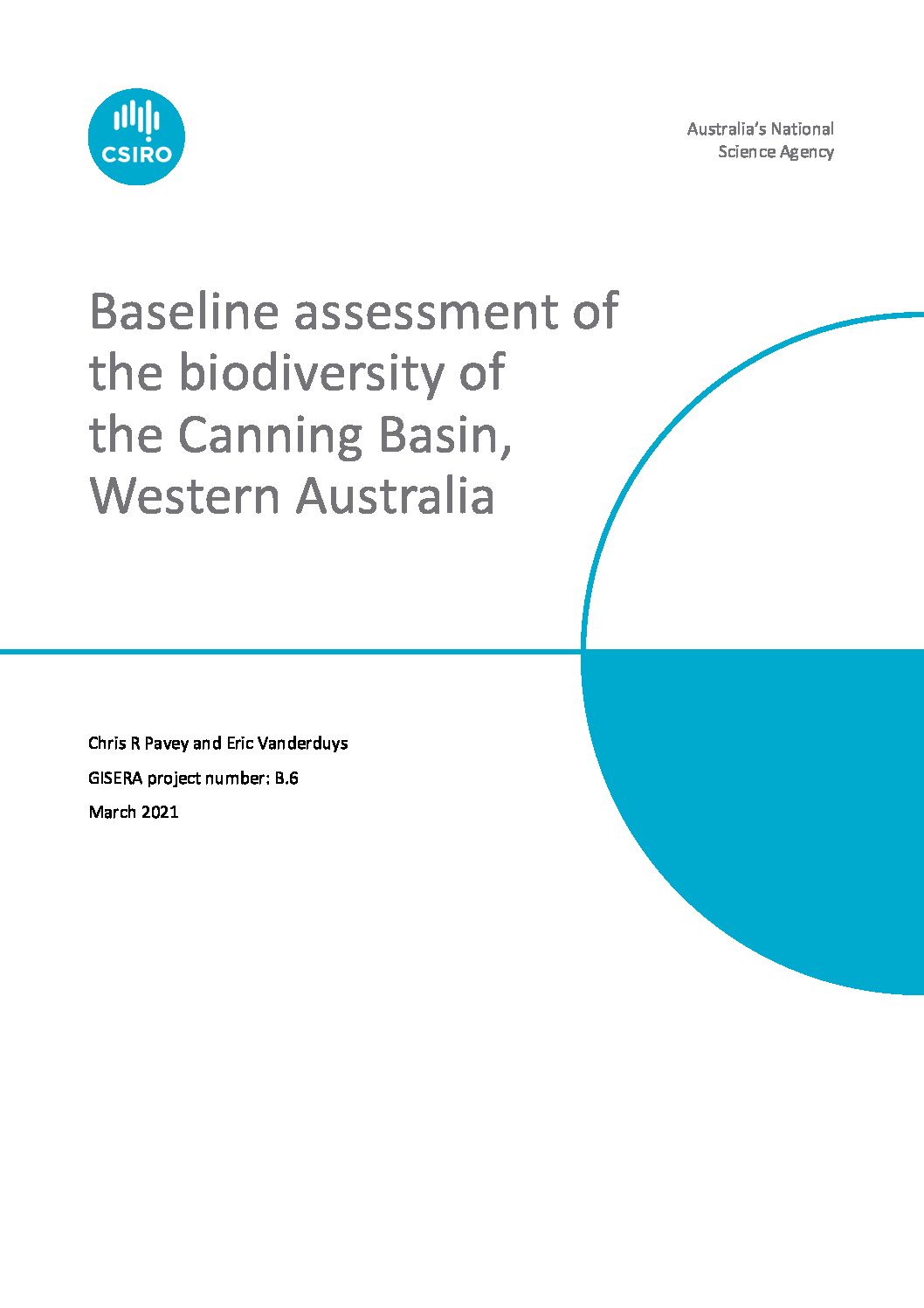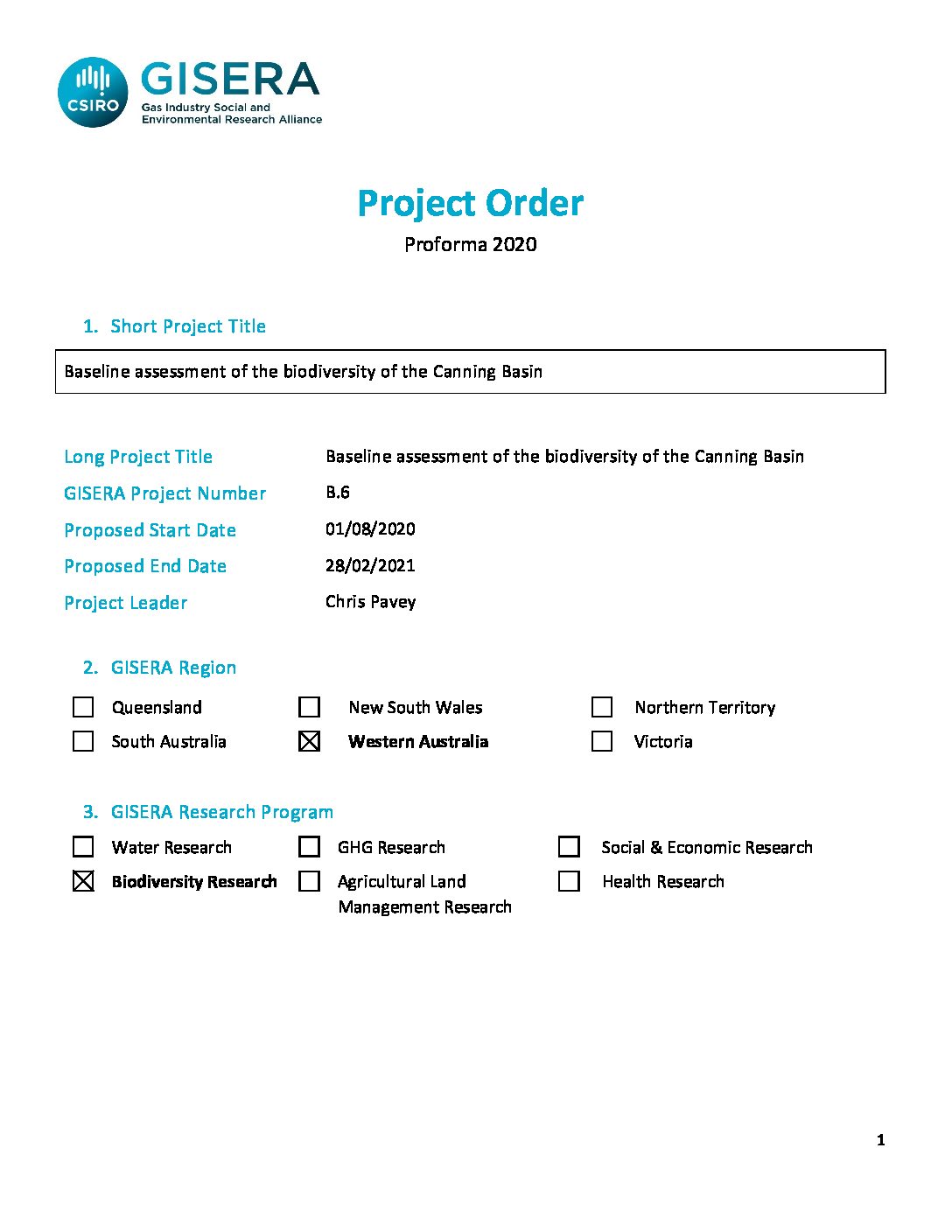Baseline biodiversity assessment of the Canning Basin, WA
Assessing species and ecosystems within the region of the Canning Basin, Western Australia
This project assessed the current state of knowledge about the biodiversity of the Canning Basin in Western Australia.
The desktop study identified the plants and animals that occur in the Canning Basin and those species and threatened ecological communities that are of conservation or cultural significance will be identified. This information will be used to identify knowledge gaps and recommend further investigations to fill these gaps.

WA Canning Basin sand and scrub
WA Canning Basin sand and scrub
Key points
- The Canning Basin is a region that is poorly sampled but supports a high richness of plants and animals.
- A total of 43 threatened and significant ecological communities listed under WA’s Biodiversity Conservation Act (2016) occur in the Canning Basin.
- The desktop study identified records of 4,225 animal and 2,838 plant species, including many of conservation and/or cultural significance.
- Nearly 400 species – 220 plants and 168 animals – were classified as significant on a national scale under the Environment Protection and Biodiversity Conservation Act (1999).
- Evidence from published sources identified 432 plant and 147 animal species that have cultural significance to Aboriginal people, including as bush food or medicine, and totemic or ceremonial significance.
- This information will help identify knowledge gaps and inform recommendations for further research, with a view to informing appropriate policy and management responses to gas development proposals.





